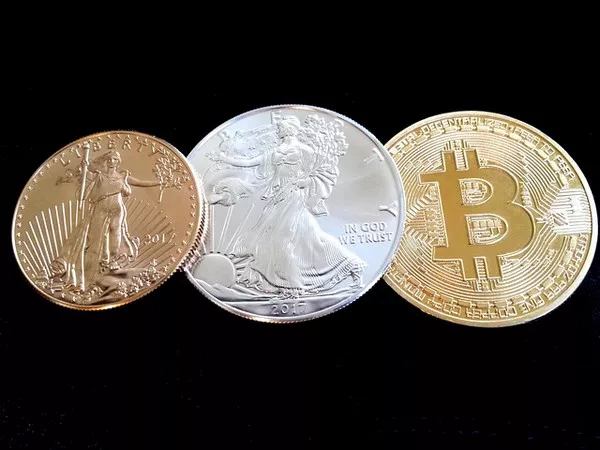Sterling silver, renowned for its timeless beauty and enduring value, has been a cherished material for jewelry, flatware, and various decorative items throughout history. However, with the proliferation of imitation metals and alloys, determining the authenticity of sterling silver has become a crucial skill for consumers and collectors alike. In this comprehensive guide, we will explore the key indicators and techniques to ensure that you can confidently identify genuine sterling silver.
Understanding Sterling Silver
Before delving into identification methods, it’s essential to understand what sterling silver is. Sterling silver is an alloy composed of 92.5% pure silver and 7.5% other metals, typically copper. This combination enhances the metal’s strength and durability while maintaining its remarkable luster. The term “sterling” itself indicates the quality and purity of the silver.
Hallmarks and Stamps
One of the most reliable ways to identify sterling silver is through hallmarks and stamps. These markings, often found on the underside of jewelry or the back of flatware, convey important information about the piece’s composition, origin, and manufacturer. The hallmark for sterling silver is typically “925” or “Sterling,” representing the 92.5% silver content.
In addition to the purity stamp, you may find other marks indicating the maker’s identity, the date of manufacture, or the country of origin. For instance, British sterling silver often features hallmarks such as the lion passant for silver, the city mark, and the maker’s mark.
Magnetic Testing
A simple yet effective method for identifying sterling silver involves the use of a magnet. Silver, including sterling silver, is not magnetic, so if a piece is attracted to the magnet, it is likely not authentic sterling silver. Keep in mind that some pieces may have small magnetic components, such as clasps, so it’s crucial to test different parts of the item.
Nitric Acid Testing
For a more advanced approach, nitric acid testing can help determine the authenticity of sterling silver. This method involves applying a drop of nitric acid to a discreet area of the item and observing the reaction. Genuine sterling silver will exhibit a creamy color when exposed to nitric acid due to the reaction with copper. It is essential to exercise caution when using this method and ensure proper safety measures, such as wearing protective gloves and working in a well-ventilated area.
Tarnish and Patina
Sterling silver is prone to tarnishing over time due to exposure to air and environmental factors. While tarnish itself does not indicate authenticity, it can be a positive sign if the piece has developed a consistent patina. Genuine sterling silver tarnishes uniformly, taking on a soft, grayish hue. If the tarnish appears uneven, patchy, or greenish, it may suggest a lower silver content or the presence of other metals.
Weight and Density
The weight and density of an item can also provide clues about its authenticity. Sterling silver is denser than many other metals and alloys commonly used for imitation purposes. While this method requires some experience and comparison with known authentic pieces, a genuine sterling silver item will generally feel heavier for its size compared to counterfeits.
Professional Appraisal
When in doubt, seeking a professional appraisal is a wise decision. Certified appraisers possess the expertise and tools to accurately assess the authenticity and value of sterling silver items. They can perform detailed examinations, including microscopic analysis, and provide a comprehensive report outlining the piece’s composition, craftsmanship, and potential historical significance.
Visual Inspection
A careful visual inspection can reveal subtle details that may indicate the authenticity of sterling silver. Authentic pieces often display fine craftsmanship, with well-defined and precise details. Look for signs of wear consistent with the item’s age, as well as evidence of handcrafting, such as solder marks or irregularities that are characteristic of handmade sterling silver items.
See Also What Does Spot Price Mean For Silver
Conclusion
Identifying authentic sterling silver requires a combination of knowledge, observation, and sometimes, specialized testing. By familiarizing yourself with hallmarks, employing simple tests like the magnet test, and considering factors such as tarnish and weight, you can confidently assess the authenticity of sterling silver items. When in doubt, consult with a professional appraiser to ensure accurate and reliable results. Armed with these insights, you can make informed decisions when purchasing or evaluating sterling silver, preserving the allure of this precious metal for generations to come.


